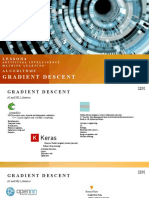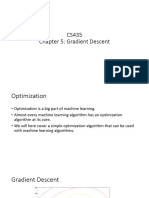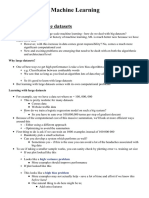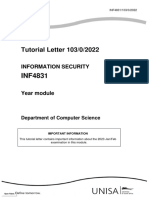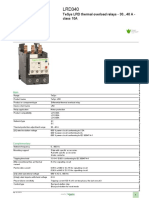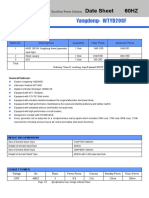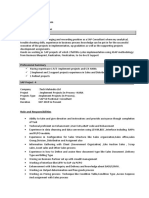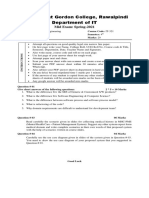0% found this document useful (0 votes)
48 views20 pagesLecture 08 ML
The document discusses different machine learning concepts and algorithms for training models. It covers topics like training models, computational complexity, gradient descent including batch, stochastic, and mini-batch variants, and polynomial regression. Gradient descent is described as an iterative algorithm for minimizing a cost function by adjusting parameters in the direction of the negative gradient.
Uploaded by
saharabdoumaCopyright
© © All Rights Reserved
We take content rights seriously. If you suspect this is your content, claim it here.
Available Formats
Download as PDF, TXT or read online on Scribd
0% found this document useful (0 votes)
48 views20 pagesLecture 08 ML
The document discusses different machine learning concepts and algorithms for training models. It covers topics like training models, computational complexity, gradient descent including batch, stochastic, and mini-batch variants, and polynomial regression. Gradient descent is described as an iterative algorithm for minimizing a cost function by adjusting parameters in the direction of the negative gradient.
Uploaded by
saharabdoumaCopyright
© © All Rights Reserved
We take content rights seriously. If you suspect this is your content, claim it here.
Available Formats
Download as PDF, TXT or read online on Scribd
/ 20


